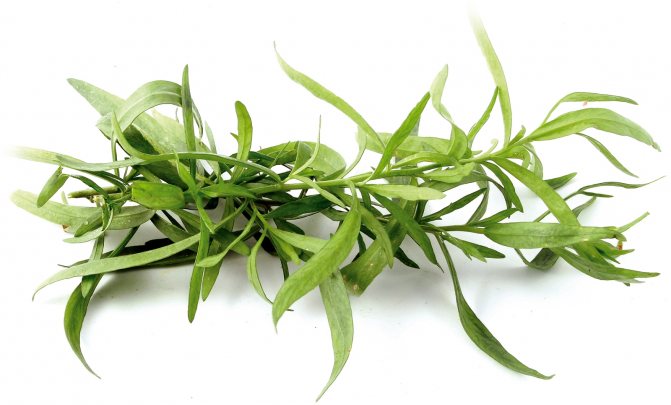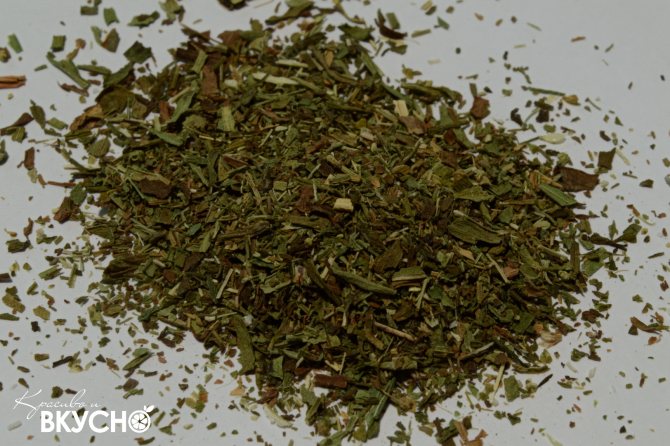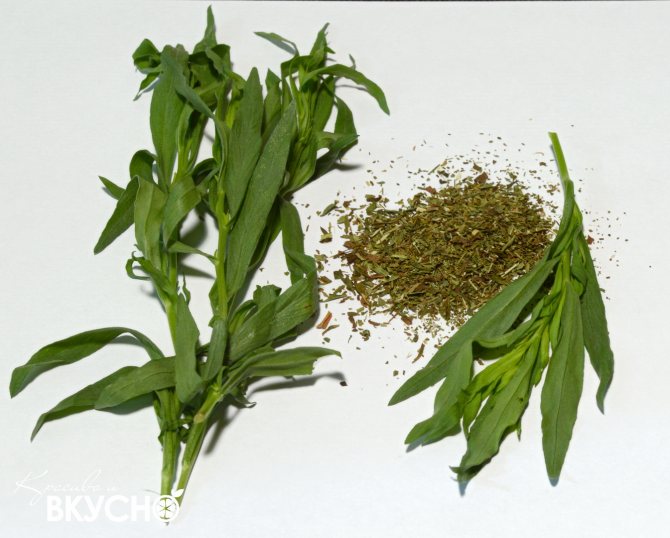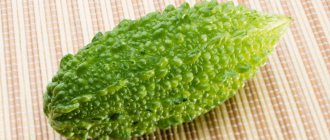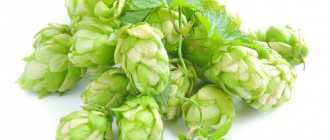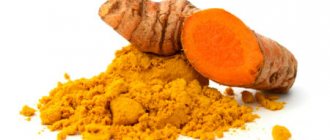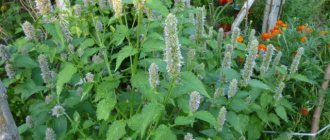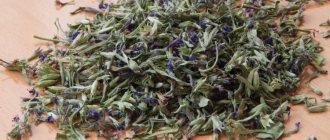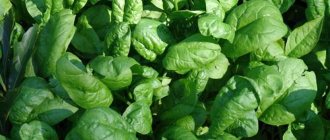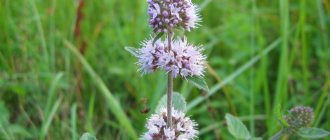Biological description and distribution
The plant is represented in the wild in Eastern Europe, China, Mongolia, Central Asia, India and other countries. It will partially grow in Russia, in the south of the Far East and Eastern Siberia. Gardeners cultivate tarragon on their plots. In nature, he lives on dry slopes, pebbles and very rarely in the fields.
Tarhun has a woody rhizome and a few, erect, yellowish-brown stems, reaching a height of 40-150 cm. The leaves of the plant are oblong, pointed and whole, and the flowers are pale yellow. Tarragon blooms from August to September and bears fruit in October.
The plant prefers lighted places, but grows normally in partial shade. Its intensive development begins in early spring. It can live in one place for up to 10 years, but it is most useful only in the first 3 years of life.
Tarragon grows well on soil containing compost or humus, as well as ash and complex fertilizers. This must be taken into account when cultivating this herb. The plant responds positively to abundant and frequent watering.
Varietal variety
Before talking about how to plant and care for tarragon grass, you should pay some attention to tarragon varieties.
For growing in a suburban area, you can choose the following varieties:
- A semi-shrub, reaching a height of about 120 cm with delicate leaves that do not coarse for a long time, is called a green dale. The variety is winter hardy.
- The plant is one meter in height with leaves and has a waxy bloom called goodwin. Shoots have a dense undergrowth of leaves.
- More than 30 shoots can be obtained from Gribovskii 31, reaching a height of about 100 cm. It is the most resistant to bad climatic conditions. It perfectly tolerates low temperatures, and will also not suffer from a lack or excess of moisture.
- Another variety of tarragon is Zhelubinskysemko, it is interesting in that the plant can not be transplanted for a long time. Young leaves have excellent taste and aroma.
- The tall varieties include the monarch, which has a height of 1.5 meters. Leaves with a slight edge. This variety of tarragon herb has found application in culinary recipes, and is also widely used for canning.
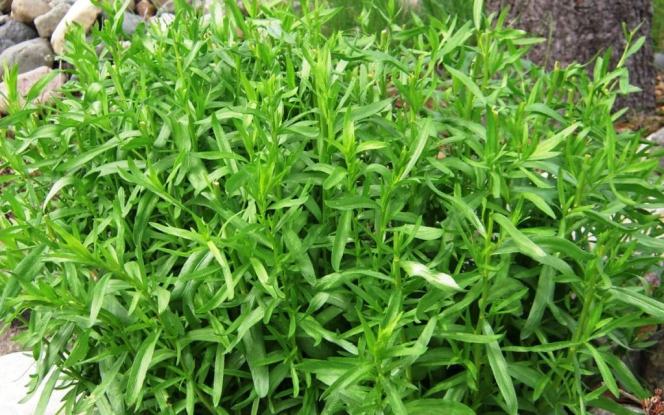
Tarragon (tarragon) Monarch. Winter-hardy, drought-resistant, fragrant perennial from the wormwood family. The variety forms plants up to 150 cm high.
Composition and calorie content of tarragon
In 100 gr. tarragon contains about 295 kcal.
Food value (per 100 g of product):
- proteins - 28.4%;
- fats - 9%;
- carbohydrates - 62.6%.
The following substances are found in the aerial part of tarragon:
- carotene,
- alkaloids,
- flavonoids,
- vitamin C,
- coumarins,
- alkaloids.
Traces of recent connections are also contained in plant roots.
Fresh raw materials contain from 0.1 to 0.4% of essential oil, and in dry, 0.25-0.8%. The aromatic component contains myrcene, sabinene, sesquiterpene fraction, methylchavicol, fellandrene and other substances.
Fresh tarragon rich in vitamins A, B2, B1, C, as well as carotene. It contains calcium, iron, potassium and phosphorus.
Application
In cooking.
In cooking, tarragon, collected at the beginning of flowering and dried in a draft, is used to season dishes.It improves the formation of gastric juice, effectively normalizes appetite and the functioning of various internal glands.
Tarragon wormwood has a pungent, but weak aroma, is distinguished by a piquant and spicy taste. It is often added to pickles, pickles, sauerkraut, and is also used to soak pears and apples. Tarragon is used to season dishes from rice cereals, fried meat, boiled fish. Fresh leaves are crushed and added to eggs, poultry, light sauces, meat dishes, various types of salads.
The drink "Tarhun" is widely known. It is prepared from the plant of the same name. Tarragon is used to flavor alcoholic beverages. In France, its aerial part is added to vinegar intended for dressing salted fish. Previously, in Germany, fresh tarragon was rubbed with game to scare away flies from it.
Tarragon in medicine.
The aerial part of the plant was once used as a remedy for worms, for scurvy and edema. Today tarragon has found use for the treatment of all sorts of ailments. So, this herb has diuretic properties and is recommended for use as a general tonic. It helps to improve digestion, is widely used in dropsy. The inclusion of tarragon in the diet helps to normalize sleep, as well as to heal pneumonia and bronchitis.
In cosmetology.
Since ancient times, tarragon-based skin care products have been made.
Varieties of tarragon for growing in the country
Tarragon is subdivided into several varieties. In some breeding works, experts consider them to be separate types:
- Russian tarragon - has a rich aroma. They are mainly used for fresh food. A distinctive feature - the flowers are pale green in color, and the stem and leaves are large.
- French tarragon - is used by culinary experts as a spicy-flavoring herb for a light, piquant aroma. It has a thin stem and small leaves.
- Common tarragon - has an unpleasant scent that repels insects. A large plant is characterized by an irregular shape of the leaf blades. Has a bitter taste.
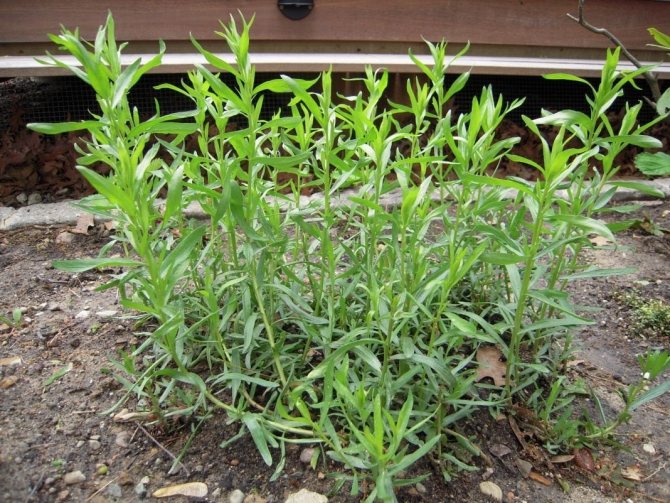

Tarragon wormwood, or tarragon, or tarragon (Artemisia dracunculus)
Useful properties and contraindications to the use of tarragon
Beneficial features:
Tarragon is famous for its tonic, diuretic, anti-inflammatory, wound healing, carminative antispasmodic properties. It is recommended to use it at night to calm the nerves, improve stomach function and relieve gastrointestinal spasms. Aerial parts of tarragon are used for toothache, scurvy, and edema.
Tarragon helps to cope with respiratory diseases, as well as to strengthen and cleanse the vascular walls. It is useful to eat it for depression and nervous breakdowns. Regular consumption of tarragon boosts immunity.
Contraindications and recommendations:
You cannot eat tarragon for more than a month in a row, as well as in huge quantities. This can cause vomiting, nausea, nervous breakdowns, and even seizures and loss of consciousness. Pregnant women should refrain from including this herb in their diet to avoid miscarriage. Tarragon should be completely abandoned for people suffering from peptic ulcer disease, epilepsy, gastritis with high acidity, cholelithiasis.
Preparation of medicinal raw materials
Tarragon grown in the garden can be dried and further used as a healing raw material. The collection of a plant for harvesting should be carried out at a time when its leaves or flowers bloom, or it begins to bear fruit. It was at this time that the amount of nutrients in it is maximum.
Ground parts of grass should be harvested in dry weather and roots under all environmental conditions.Exhaust gases, getting into the ground, gradually penetrate into all parts of the plant, so it is advisable to cultivate it away from city roads.
Collecting flowers and fruits of tarragon must be done carefully so as not to damage it. The aerial parts can be cut off entirely, and when collecting the roots, it is necessary to leave part of the tarragon for further reproduction. When preparing raw materials for drying, only the rhizome of the plant should be washed. Then you need to spread the grass in a thin layer and move it to a dark place with good air circulation. Tarragon fruits, roots, bark and seeds can be dried in the sun. Before harvesting raw materials, it is advisable to cut thick roots into circles, and long ones - cut across.
The leaves of a properly dried plant must be ground to a powder. The stems and rhizome should become brittle. Dried tarragon fruits will not stick together. The finished medicinal raw material will retain its original color.
Store dried tarragon wormwood in bags or boxes. Raw materials should be kept in a cool and regularly ventilated area.
Folk recipes
1. Against neurosis.
Pour 15 g of tarragon with a glass of water, strain the composition after an hour. 3 times a day, take 100 ml of the product.
2. To increase appetite and fight weakness.
Mix 5 g of dry herb with 15 g of black, herbal or green tea. Add the pomegranate peel to the ingredients, place the mixture in the teapot and pour boiling water over it, so that the water does not reach the edges of the container. After 10 minutes, add a little more boiling water and leave the product for a quarter of an hour. Use the finished composition as a tea leaves.
3. With varicose veins.
Mix a handful of dried tarragon with 500 ml of curdled milk. Wrap the resulting gruel in cheesecloth. Apply the compress to the areas in need of therapy, then cover it with plastic and leave for half an hour.
4. For insomnia.
Pour 15 g of dry medicinal raw material with a glass of water and boil for 5 minutes. The resulting product should be infused for an hour, and then filtered. Wrap your head with a towel dipped in tarragon broth.
5. From dermatitis, eczema.
Mix dry tarragon powder with honey in a ratio of 1: 3. Apply this ointment to damaged skin.
6. From stomatitis.
Tarragon, crushed to a powdery state, mix with 100 g of slightly melted butter. Cook the mixture over low heat, stirring all the time. Cool the finished composition and rub it into the gums for 24 hours.
Tarragon medicines must be prepared by strictly following the recipe. They should not be used by pregnant women.
Rule # 1: How to plant this plant
There are several ways to breed tarragon:
- seeds;
- cuttings;
- root suckers;
- division of the bush.
Most often, it is the seeds from which the seedlings are grown for planting in the open field are used. It goes like this:
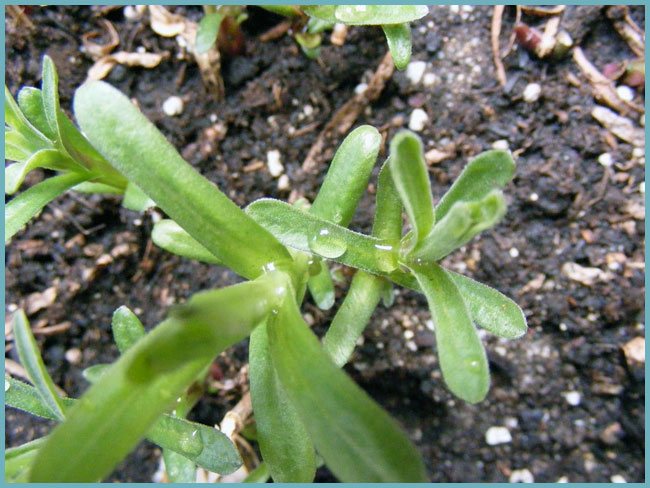

Tarragon sprout
- In the second half of spring, the seeds are soaked in water at room temperature for 3 days.
- 1 cm of small pebbles fits into the seed box.
- A universal soil is poured into the box, watered and sprinkled with pre-soaked seeds.
- The box is covered with cling film and sent to the windowsill.
- The seeds must not be allowed to sink into the ground. Therefore, they are not watered from a watering can, but sprayed with water and a spray bottle.
- As soon as the first shoots appear, the film is removed. Too dense seedlings are thinned out.
Attention! This plant does not like excess moisture. Therefore, there must be small holes at the bottom of the seedling box to drain excess water when watering.
In late spring, tarragon can be planted outdoors. To do this, you need to choose a site with non-acidic fertile soil and loosen the soil well. Tarragon loves light, so no shadow from buildings and other plants should fall on the site. Seedlings are planted every 15 cm.Watering tarragon in the first year of cultivation is carried out 3-4 times per season.
Folk recipes: cosmetology
1. Mask for dry skin.
Mix a handful of tarragon leaves with 5 g of oat flour. Pour the constituent ½ cup of boiling water and leave the composition for a quarter of an hour, then pour about 5 ml of olive oil into it. Distribute the product over the cleansed skin of the face, rinse thoroughly after a quarter of an hour.
2. Mask for normal skin.
Grind 30 g of fresh tarragon leaves or 15 g of a dry plant, pour boiling water over it. Pour the contents of 1 ampoule of liquid vitamin A into the composition, and then add 15 g of cottage cheese. The final composition should resemble gruel in consistency. Apply the product to the skin, hold for 15 minutes, then rinse. For the preparation of masks, only fresh leaves of the plant should be used. Regular use of herbal remedies will definitely prolong the youthfulness of the skin.
Rule # 4: How to help plants grow
If there is no opportunity or desire to plant seedlings, there are several more ways to breed tarragon. Plant cuttings for propagation are taken in early May. To do this, 15 cm stems are cut off from a long-term plant with an oblique cut. The cut is treated with Kornevin. The stalk is planted in a greenhouse and transplanted to open ground in a month.
Reproduction of tarragon with the help of root suckers is considered the simplest and most successful. This requires donor plants for 2-3 years. The roots are planted in moist soil. Such tarragon needs fertilization with mullein and phosphorus-potassium fertilizers.
Interesting facts about tarragon
- Tarragon has long been used to combat headache and toothache. The herb was used to increase potency in men.
- Tarragon mixed with other condiments can replace salt.
- Tarragon is used as an antidote for the bites of certain types of snakes.
- According to one version, the word "tarragon" is translated as "healthy", according to the other - "dragon".
- In the Middle Ages, tarragon twigs were used as a talisman that protects against dark forces.
- Doctor Ibn Bayter recommended eating tarragon to eliminate bad breath and fight insomnia.
Tarragon has been known to people for a long time as a plant with a large amount useful properties... For several millennia, it has not lost its glory. Today this plant is widely used and grown all over the world.
Share on social media networks:
Rule number 5: How to deal with diseases and pests
There are not many diseases and pests that affect the development of tarragon. Dealing with them is quite simple:
- Rust - Small brown bumps on the leaves. Appears due to dense planting and excess nitrogen supply. We need proper care, thinning and removal of diseased leaves.
- Aphids are treated with simple folk methods - processing infusion of onion husks and tobacco.
- Pennica cicadus is removed by treating the plant with fluff lime.
- The wireworm is removed by liming and loosening the soil. Sick leaves must also be removed.

